The Curriculum
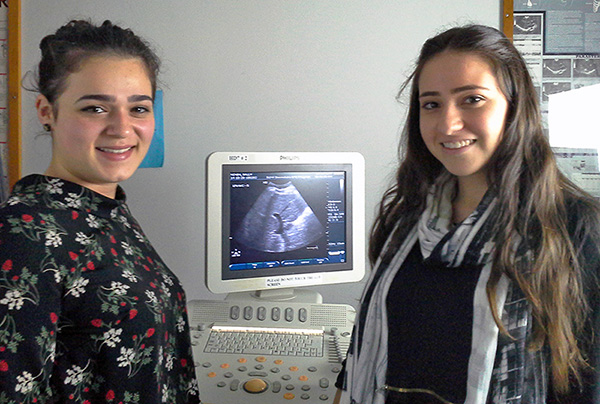
The two-year curriculum integrates instruction in basic science (including gross and sectional anatomy), medical science, and sonography, to provide a comprehensive theoretical base applicable to practical experiences at ultrasound labs throughout the New York area. Our curriculum also includes course work in pediatric echocardiography and vascular ultrasound. Specialty areas taught include obstetrics-gynecology, abdomen, cardiology, vascular and Doppler imaging. Courses in education and administration are offered to prepare students for supervisory or educational positions. Sonographic specialty training includes work in:
- Obstetrics-Gynecology
- Abdomen (liver, spleen, kidney, etc.)
- Echocardiography (heart ultrasound)
- Small parts (breast, scrotum, thyroid, and musculoskeletal)
Learning Domains
The curriculum is designed to support the needs and expectations of our communities of interest including students, graduates, faculty, sponsor administration, employers, physicians, the public and nationally accepted standards. We believe that becoming a medical professional is a dynamic process in which students, faculty, role models, peers, and patients all play critical roles. The educational process must include opportunities for several types of learning: Cognitive domain, Affective domain, and Psychomotor domain (knowledge, attitude, and skill). In each domain, the student is asked to master tasks of increasing difficulty which ultimately lead to mastery.
- Cognitive Domain - Acquisition of intellectual skills through didactic instruction, including recall, understanding, application, analysis, and ultimately synthesis is effective in promoting cognitive learning critical to achievement required by our institution, and success in passing ARDMS certification examinations, the nationally accepted standards. Cognitive learning plays a key role in the other learning domains as well.
- Affective Domain - Learning the behaviors and norms of the sonography field including prioritizing the patient’s needs, cultural sensitivity, and concern for safety and privacy can be learned through instruction, role modeling, and patient encounters. Progress in this area leads to awareness, understanding, and adoption of the values of the profession into the student’s personal value system.
- Psychomotor Domain - Hands-on direct practice and active clinical experiences foster the development skills in the psychomotor domain. Through imitation, following directions, and practice, the student will master the ability to put physical skills into effect with precision which will result in entry level clinical competence. This will render graduates employable, and will yield a supply of competent healthcare workers for New York State. Integration of both cognitive and psychomotor learning fosters the ability to successfully engage in the diagnostic process through integration of related skills and knowledge which serves the needs of the ordering physicians.
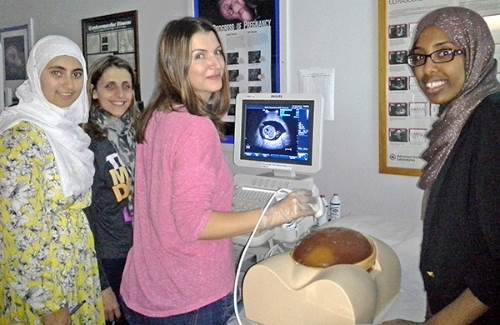
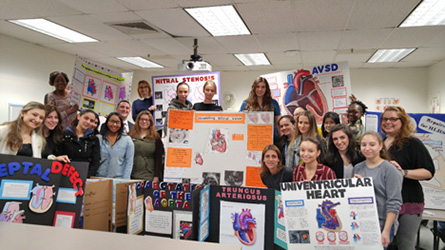
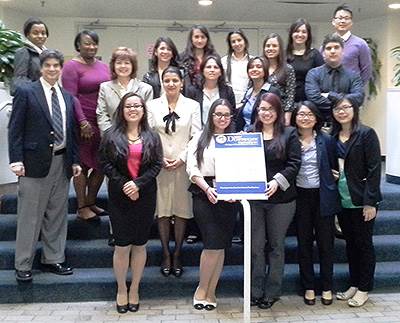
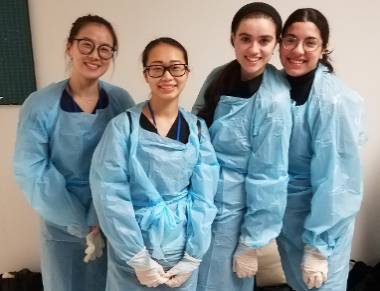
The curriculum is designed to prepare competent entry-level abdomen-extended, obtetrics & gynecology, and adult cardiac sonographers in the cognitive (knowledge), psychomotor (skills), and affective (behavior) learning domains, and enable students to meet the following goals:
- To learn factual content and develop professional skills associated with sonography practice sufficient to pass national ARDMS certification examinations and to practice safely.
- To learn professional behavior patterns and norms observed in current health care practice.
- To learn the safety and ethical practices which pertain to the sonography profession.
- To develop a professional self-image by internalizing the skills, behaviors, and values associated with the sonography profession.
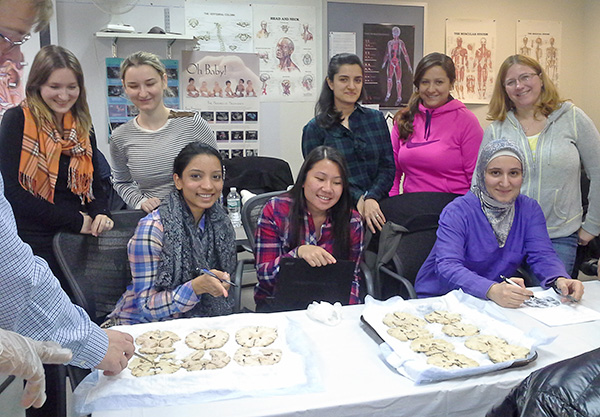
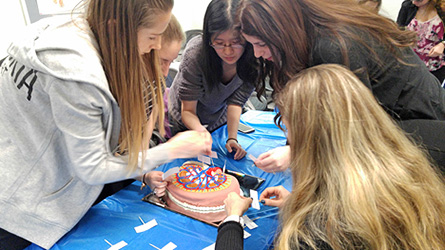
Program of Study